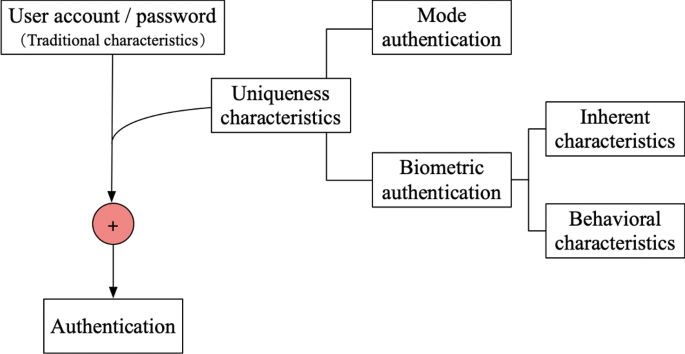Increased Use Of AI For Cybersecurity Applications is an important thing to discuss about
The cyberattack surface in modern environments is massive, and it’s continuing to grow rapidly nowadays. Due to this, analyzing and improving an organization’s cybersecurity approach needs more than mere human intervention.
Advantages of AI in Cybersecurity
AI presents many advantages and applications in a variety of areas, like optical character recognition, handwriting recognition, in healthcare, cybersecurity being one of them. With fast-evolving cyber attacks, massive use of technology and rapid multiplication of devices happening today, AI and machine learning can help to keep abreast with cybercriminals. This will help reduce cybercrimes. It will also help in automated threat detection, and respond more effectively than conventional software-driven or manual techniques.
Here are few applications of using AI in cybersecurity:
Underside vehicle bomb detection.
Infectious disease detection.
Home security.
Threat screening for large events.
Crime prevention cameras.
Military reconnaissance.
Border control lie detector.
Offshore Oil & gas threat detection.
The Impact of AI on Cybersecurity
While AI can improve security, the same technology can give cybercriminals access to systems which have no human intervention. The list below explains the good news about AI’s impact on cybersecurity.

Vulnerability management
It is the process or a practice of identifying, evaluating, treating, and reporting on security vulnerabilities in systems and the software that runs on them.
Threat hunting
Conventional security tools use signatures to identify threats. This technique can easily identify previously discovered threats.
Network security
Network security techniques focus on two main aspects i.e., creating security policies and understanding the network environment. Here are some aspects to consider:
Policies—Security policies can help us distinguish between legitimate and malicious network connections. It can also enforce a zero-trust model.
Environment—Most of the organizations don’t have precise naming conventions for applications and workloads.
AI is fast emerging as a must-have technology for enhancing the performance of IT security teams. Humans can no longer scale to sufficiently secure an enterprise-level attack surface. AI gives the much-needed analysis and threat identification that can be used by security professionals to minimize breach risk and enhance security posture.
Moreover, AI can help discover and prioritize risks, direct incident response, and identify malware attacks before they come into the picture.
So, even with the potential downsides, AI will serve to drive cybersecurity forward and help organizations create a more robust security posture.





